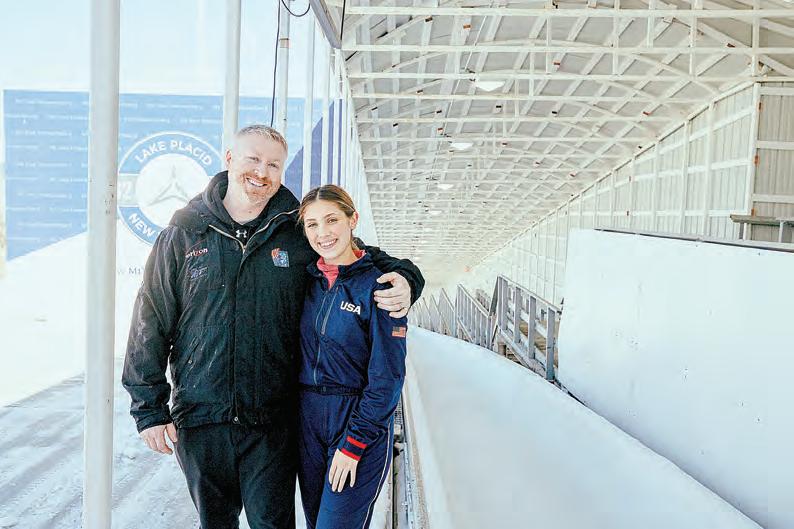
3 minute read
Classifieds
Budget
From Page 12
if those decisions created vulnerability or operational gaps.
Brown acknowledged transitions are difficult but said he was comfortable with the Air Force’s direction and the mix of aircraft the budget proposal supports.
“When I talk about balancing risk over time, there’s a balance between the operational risk we will see today as we make that transition versus the risk we’ll have in the future if we don’t start to modernize,” Brown said in response to a question suggesting the Air Force was retiring too many planes.
“We do have to make some tough choices. I don’t just look at the numbers. I look at the overall capabilities and capacity; not just the airplanes but what goes with the airplanes. . . . It’s a complete package. There is some risk there but I’d rather take a little bit of risk now than a lot of risk later in a future conflict,” he said.
In dollar terms, the proposed Air and Space Forces budget for the next fiscal year that was submitted to Congress in March provides $169.5 billion for the Air Force and $24.5 billion for the Space Force. If approved as written, it would boost funding by $1.1 billion to modernize the nation’s aging, ground-based nuclear deterrent ($3.6 billion compared to $2.5 billion in the 2022 proposal). It adds $320 million in additional funding for continued development and nuclear certification of the B-21 long-range bomber ($3.25 billion from $2.87 billion). It increases the budget for hypersonic weapons by $138 million ($577 million from $438 million).
The proposed budget calls on the Space Force to spend an additional $1 billion on “resilient missile warning/missile tracking to address hypersonic and maneuverable RVs (re-entry vehicles).”
In a portion of the request known as “procurement funds,” the fiscal 2023 proposal provides funding to purchase 33 F35A Lightning II fighters, 15 KC46A Pegasus tankers, 24 F-15EX Eagle II fighters, among other hardware procurements. It provides funding to the Space Force for three National Security Space launches, three additional launches by the Space Development Agency and two launches that will put into orbit GPS III satellites to enhance the resiliency of the positioning, navigation and timing constellation accessed by billions of users daily.
More broadly, the request calls for spending $7.9 billion (an increase of $300 million) to boost flying hours to 1.1 million, a level officials said is the “maximum executable level.” It increases spending for “weapons system sustainment” to $16.6 billion from $15.4 billion and carries funding to increase pay for civilians and active-duty personnel by 4.6%. It also has $77 million for the Air Force to address climate change requirements.
Training
From Page 2

development has instilled in me a sense of diligence, attention to details, and preparation.”
Bradley explained that the camp’s development process exposes bobsledders to Lake Placid conditions by starting runs at the midpoint of the track to maintain a lower speed and practicing manageability of the sled. He concluded that the bobsledders eventually work their way to starting at the top of the mountain.
“I like the technical way the mechanics work in the sled,” Emily said. With just five days of training and 15 runs added to her credit, she became the youngest athlete to bobsled down the 20 challenging curves of the Lake Placid Combination Track.
When she broke the 21-year-old record as the youngest bobsled pilot to glide down the track, set by American bobsledder John Napier, he was there at the end of the track to cheer her on as she broke his record. Emily was recognized with a gold medal for her achievement.
Napier and Emily’s father have been friends since their preteen years and were professional competitors in the sport.
This summer, Emily will commit her time to speed and strength training. Her goal is to build endurance to go See TRAINING Page 15 Michael and Emily Bradley pictured at Lake Placid, New York, in March.
Jordan Craig photo



